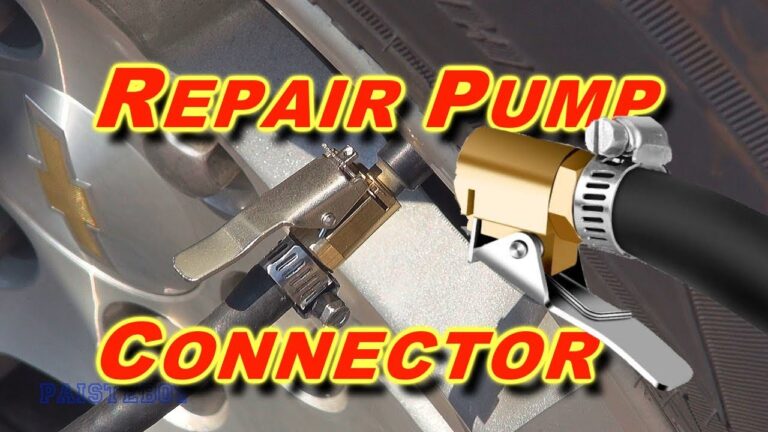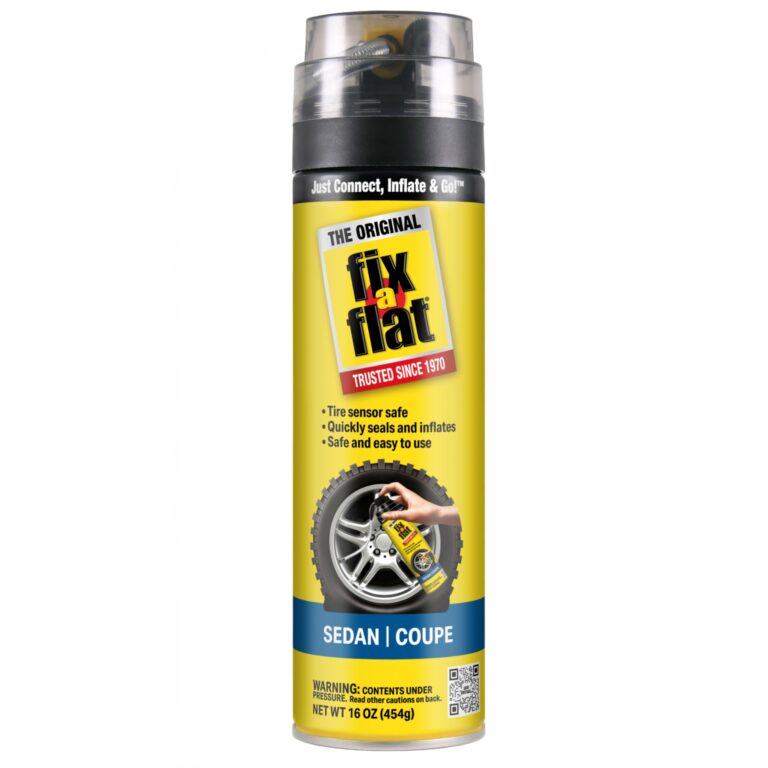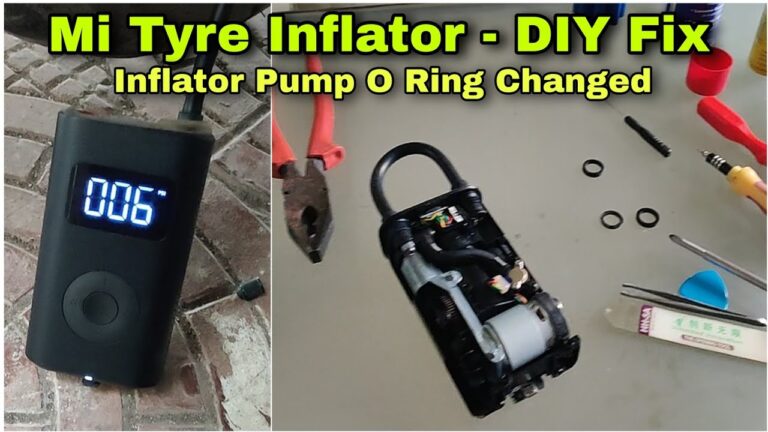How To Pump A Presta Bike Tire
Flat tire? It’s happened to all of us. Knowing how to efficiently and effectively pump a Presta bike tire is a crucial skill for any cyclist. This guide will walk you through the process step-by-step, covering everything from identifying Presta valves to troubleshooting common issues. By the end, you’ll be confident in your ability to inflate your tires quickly and correctly, getting back on the road or trail in no time.
Understanding Presta Valves
Presta valves, also known as French valves, are a common type of valve found on many road and high-performance bikes. This section will detail their unique structure and how it differs from Schrader valves, common in cars and some mountain bikes. Understanding the mechanics of the Presta valve is essential for proper inflation.
The Structure of a Presta Valve
- Presta valves have a small, slender head with a locking mechanism. This mechanism needs to be opened before air can be pumped in.
- Unlike Schrader valves, Presta valves require you to unscrew the locking mechanism to allow air to flow.
- The valve core is located within the valve itself, and can be removed for easier tire changes or cleaning.
This small, threaded valve stem is more prone to damage compared to larger Schrader valves; however, its narrow design allows for lighter weight in the wheel and tire. The locking mechanism provides better airtightness compared to Schrader valves.
Failure to unscrew the valve may result in frustration, or potentially damage to the pump or valve itself. Always check that the valve is open before attaching your pump.
Removing the valve core requires a special tool, often included with tire levers or repair kits. The valve core ensures a tight seal, preventing air loss when not inflated.
Comparing Presta and Schrader Valves
| Feature | Presta Valve | Schrader Valve |
|---|---|---|
| Appearance | Thin, long stem with a locking nut | Larger, thicker stem with a pin |
| Locking Mechanism | Yes, a screw-on cap | No, a simple pin |
| Common Usage | Road bikes, high-performance bikes | Mountain bikes, car tires |
| Airtightness | Generally better | Generally lower |
How to Pump a Presta Bike Tire
This section provides a step-by-step guide on how to successfully pump a Presta bike tire. We’ll cover the proper technique to avoid damaging the valve and ensure efficient inflation. We will also address common errors and offer solutions.
Step-by-Step Inflation Guide
- Unlock the Valve: Unscrew the small nut at the top of the Presta valve by turning it counterclockwise. This opens the valve allowing air to flow.
- Attach the Pump: Press the pump head firmly onto the Presta valve. Ensure a secure connection to prevent leaks. Some pumps have a specific attachment for Presta valves.
- Inflate the Tire: Begin pumping air into the tire. Monitor the pressure gauge on your pump or use a separate pressure gauge to reach the recommended pressure printed on the sidewall of your tire.
- Lock the Valve: Once the tire is inflated to the correct pressure, carefully screw the small nut back onto the Presta valve. This seals the valve and prevents air leakage.
It’s crucial to fully unscrew the nut to avoid an air leak. Check the valve to ensure smooth airflow.
Presta valves require a snug, secure connection to prevent air leakage. Some high-volume pumps have dedicated heads for Presta valves; consider using one for ease of use and efficient inflation.
Always check the tire pressure before use to ensure tire integrity and prevent flats. Inflate to the manufacturer’s recommended pressure; overinflation can reduce the tire’s lifespan.
Over-tightening the nut might damage the valve; ensure it’s just tightened enough to create an airtight seal.
Troubleshooting Common Issues
- Pump Won’t Attach: If the pump head won’t attach securely, check that the valve is fully unlocked. Also, ensure your pump is compatible with Presta valves.
- Air Leaking: If air is leaking around the pump head, make sure the pump head is securely pushed against the valve. Consider checking for any damage to the valve stem itself.
- Tire Not Inflating: This could indicate a problem with the pump, a puncture in the tire, or a problem with the valve itself. Check the pump, and consider carefully examining the tire for any punctures.
Some pumps are specifically designed for Schrader valves; you might need a pump with a Presta valve adapter or a universal pump head capable of working with both Schrader and Presta valves.
A damaged valve stem will leak air even when properly sealed by the pump head. A damaged valve usually requires a valve replacement or potentially an entire tire replacement.
Many cyclists use a tire repair kit with tire levers, patches, and sealant to repair minor punctures. For more serious punctures, a tire replacement might be necessary.
Maintaining Your Presta Valves
Proper maintenance of your Presta valves will extend their lifespan and prevent unexpected flats. This section outlines best practices for keeping your valves in top condition.
Cleaning and Lubrication
- Regularly clean your Presta valves with a damp cloth to remove dirt and debris which can interfere with the proper sealing of the valve and pump.
- Apply a small amount of valve lubricant to prevent sticking and corrosion. This ensures smooth operation of the valve.
Dirt and grime can build up, preventing the valve from properly sealing and causing air leaks. Regular cleaning ensures better sealing and prevents premature wear.
A small drop of lubricant is sufficient to keep the mechanism smooth and easy to operate. Avoid over-lubrication, as it may attract dust and dirt.
Choosing the Right Pump
Selecting the appropriate pump for your Presta valves is crucial for efficient and safe inflation. This section will guide you through the various pump types and their suitability for Presta valves.
Types of Bicycle Pumps
- Floor Pumps: These offer high-volume inflation and accurate pressure gauges making them ideal for Presta valves.
- Hand Pumps: These are portable but may take longer to inflate tires, particularly if you have a high-pressure tire.
- CO2 Inflators: These provide rapid inflation but are not suitable for regular use. They are good for quick fixes when far from home.
Floor pumps provide better control and accuracy during inflation, especially important when reaching the optimal tire pressure recommended by the manufacturer. They are generally easier to use than handheld pumps.
Hand pumps are lightweight and easily stored. They might be less precise than floor pumps and require more effort during inflation.
CO2 inflators are ideal for emergencies but are not a replacement for a standard pump due to their single-use nature and high cost per inflation.
Mythbusting Presta Valves
Presta valves are difficult to use:
With a little practice, using Presta valves becomes second nature. The initial learning curve is the main reason for this misconception.
Presta valves are more prone to failure:
While potentially more fragile than Schrader valves, proper care and maintenance lead to a long lifespan comparable to Schrader valves.
Presta valves are only for road bikes:
Increasingly, mountain bikes and other types of bikes are using Presta valves due to their lightweight nature and precise air control.
FAQ
What is the correct pressure for my Presta bike tire?
The recommended tire pressure is usually printed on the sidewall of your tire. Always inflate to that pressure.
What happens if I overinflate my Presta tire?
Overinflation can lead to a harsher ride, premature wear and tear of the tire, and a higher risk of pinch flats.
What should I do if my Presta valve is leaking?
If your Presta valve is leaking, check for damage. If damaged, the valve may need replacing. Consider replacing the entire tube if necessary.
Can I use a Schrader pump on a Presta valve?
No, you need a pump compatible with Presta valves or a Presta adapter for a Schrader pump.
How often should I check my tire pressure?
It’s a good idea to check your tire pressure before every ride.
What if I break my Presta valve?
If the valve is broken or damaged, the entire tube needs replacement. Attempting repairs is often less effective.
How do I remove the Presta valve core?
A special tool is usually needed to remove the Presta valve core. This is helpful for cleaning or during a tire change.
Final Thoughts
Mastering the art of pumping a Presta bike tire is a valuable skill for any cyclist. By following the steps outlined in this guide and practicing regularly, you’ll be able to inflate your tires quickly, efficiently, and safely. Remember to always check your tire pressure before each ride, maintain your valves, and select the right pump for optimal results. Enjoy the ride!



